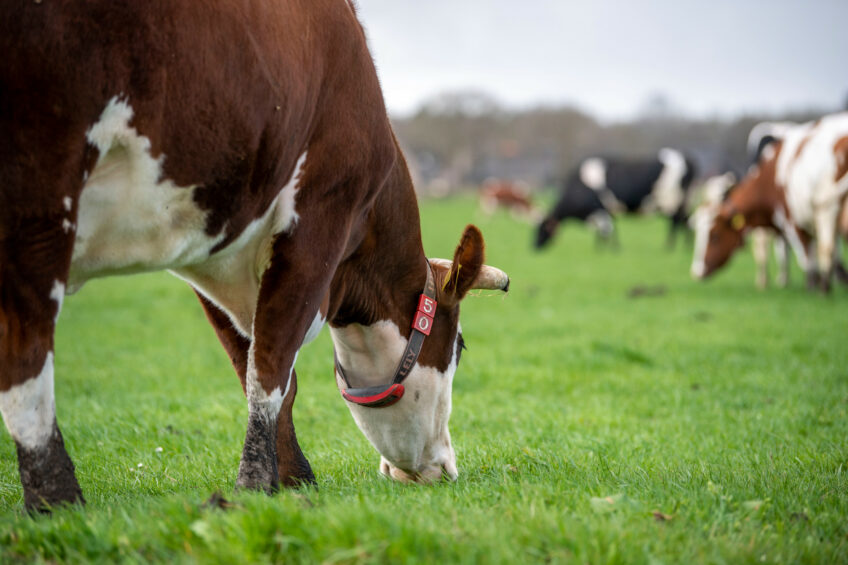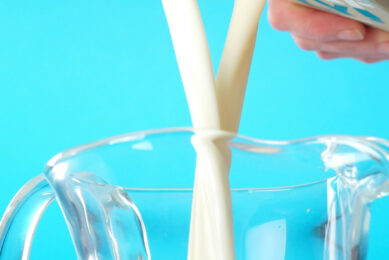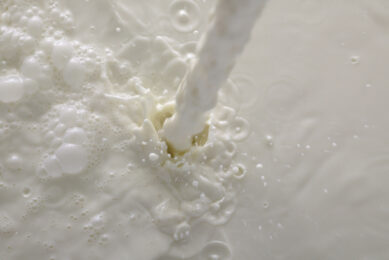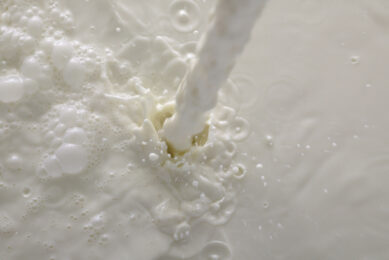Turbulent times for the Australian dairy sector

These are turbulent times for the Australian dairy sector. Dairy giant Fonterra has announced it will sell its Australian arm, farm gate milk prices are expected to fall, and the number of dairy farmers is decreasing. But there are also bright spots.
With approximately 1,600 employees and a network of suppliers spanning the country, Fonterra’s presence in Australia has been substantial. The company has now made the decision to explore divestment options for its global consumer business, alongside its integrated operations in Fonterra Oceania and Fonterra Sri Lanka. It reflects a strategic reassessment by the cooperative.
Fonterra’s global consumer business boasts a robust portfolio of renowned dairy brands, including Anchor, Mainland, Kāpiti, Anlene, Anmum, Fernleaf, Western Star, Perfect Italiano, and others.
Managing director Rene Dedoncker of Fonterra emphasises the company’s commitment to honouring existing milk supply contracts during the transition period. Any decision regarding the sale is expected to take 12-18 months to finalise.
The announcement comes amidst concerns within the Australian dairy sector regarding anticipated decreases in farmgate milk prices for the upcoming season. Dairy processors, including Fonterra, attribute this downward trend to subdued consumer demand both domestically and internationally.
Rabobank expects minimum farmgate milk prices across the southern Australian manufacturing pool to range between AUS$8.00 (US$5.30) and AUS$8.20 (US$5.43) per kg milk solids for the season ahead, down approximately 11% from the current pricing.
Milk supply recovery
In the report ‘Walking a Tightrope’, senior dairy analyst Michael Harvey at RaboResearch says with the deadline for the new season milk pricing looming (3 June), Australian dairy companies find themselves walking a tightrope, needing to send strong price signals to milk suppliers while navigating a backdrop of softer market returns.
With an ambition to build momentum around the current milk supply recovery in Australia, dairy companies need to present sustainable milk price signals to suppliers in order to remain competitive, Harvey says.
Despite recent record high prices in Australia and an apparent milk supply recovery, there’s been a sharp decline in the number of dairy farmers across Australia, particularly in its Australia’s main dairy state of Victoria where around 66% of production occurs.
Recent data shows that there were 2,774 dairy farms statewide by the end of the 2022-2023 financial year, down more than 200 from the 2,984 recorded at the end of the 2021-2022 season. The 2022-2023 figure represents a drop of more than 36% the 2012-2013 total of 4,284. And this downward dairy trend can be seen nationwide.
Bright spots
As it looks now, 8% of Victoria’s dairy farmers quit the business last year. Across the nation, milk production has shrunk to its lowest level in 30 years. And dairy imports like butter and cheese have nearly tripled to 27% over the past 22 years and are rising, says Dairy Australia.
But Harvey does see some bright spots for Australian dairy farmers. He expects major input costs for feed production to remain range-bound at lower prices heading into the new dairy production season. “Local feed markets appear well supplied,” he says. “Which is positive for dairy farmers planning feed budgets heading into the new season.”
Most purchased feed market indicators are trading below the 5-year average, and good subsoil moisture levels on the east coast of Australia bode well for a strong winter crop planting and a neutral feed price outlook.
Broadly, cost inflation across the Australian economy should continue to moderate in the coming season. And this will be welcome news for Australian dairy farm businesses which have been battling high overhead cost inflation, Harvey says.
Join 13,000+ subscribers
Subscribe to our newsletter to stay updated about all the need-to-know content in the dairy sector, two times a week.










